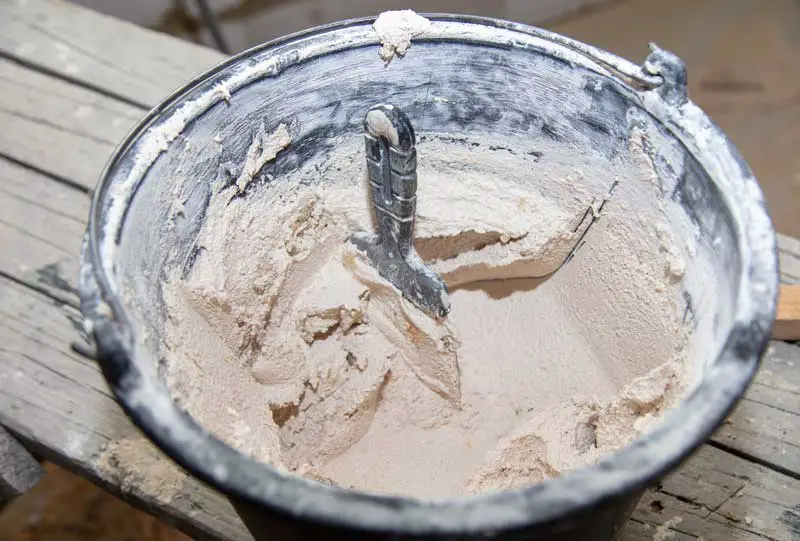When it comes to safeguarding your home’s foundation, understanding the best materials to keep water away is crucial. A solid foundation is the backbone of any structure, and water intrusion can lead to severe structural damage, mold growth, and costly repairs. In this article, we will explore various materials and techniques that can effectively divert water away from your foundation, ensuring long-term protection and stability.
Understanding the Risks of Water Intrusion
Before delving into the materials, it’s essential to understand why water intrusion is a significant concern. Excess moisture around the foundation can lead to:
- Soil Erosion: Saturated soil can lose its integrity, leading to settling or shifting of the foundation.
- Cracking and Settling: Water can seep into cracks, expanding and contracting with temperature changes, exacerbating damage.
- Mold and Mildew Growth: High moisture levels create an ideal environment for mold, which can affect indoor air quality and health.
Key Materials for Water Diversion
- Gravel and Aggregate
Gravel is one of the most effective materials for managing water drainage around the foundation. When used as a base layer in drainage systems, it allows water to flow freely while preventing soil erosion. The angular shape of gravel particles helps to create voids that facilitate drainage, making it an ideal choice for:
- French Drains: A trench filled with gravel that redirects water away from the foundation.
- Drainage Swales: Shallow ditches lined with gravel that guide water away from the property.
- Permeable Pavers
Permeable pavers are an innovative solution for managing surface water runoff. These pavers allow water to seep through their surface, reducing the volume of water that reaches the foundation. They are particularly useful in driveways and walkways, where traditional impermeable surfaces can lead to pooling and increased runoff. Benefits include:
- Reduced Erosion: By allowing water to infiltrate the ground, permeable pavers minimize soil erosion.
- Aesthetic Appeal: Available in various designs, they enhance the landscape while serving a functional purpose.
- Waterproof Membranes
Waterproof membranes are essential for protecting the foundation from moisture intrusion. These materials can be applied to the exterior of the foundation walls to create a barrier against water. There are two primary types:
- Sheet Membranes: These are pre-manufactured sheets that are adhered to the foundation wall, providing a continuous barrier.
- Liquid Membranes: Applied as a liquid, these membranes cure to form a seamless, waterproof layer.
Both types are effective in preventing water from penetrating the foundation, especially in areas with high groundwater levels.
- Drainage Boards
Drainage boards are specialized materials designed to manage water flow around the foundation. Typically made of high-density polyethylene (HDPE), these boards create a drainage plane that directs water away from the foundation walls. They are particularly useful in conjunction with waterproof membranes, as they:
- Facilitate Water Movement: The channels in the drainage board allow water to flow freely, reducing hydrostatic pressure against the foundation.
- Protect Waterproofing Systems: By preventing soil from directly contacting the waterproof membrane, drainage boards extend the life of the system.
Additional Considerations for Effective Water Management
While selecting the right materials is crucial, implementing a comprehensive water management strategy is equally important. Here are some additional tips:
- Proper Grading: Ensure that the landscape slopes away from the foundation. A minimum slope of 6 inches over the first 10 feet is recommended.
- Gutters and Downspouts: Install gutters to collect rainwater and direct it away from the foundation. Downspouts should extend at least 5 feet from the base of the house.
- Regular Maintenance: Periodically inspect drainage systems, gutters, and landscaping to ensure they are functioning correctly and not obstructed.
Conclusion
Protecting your foundation from water intrusion is a multifaceted approach that requires careful consideration of materials and techniques. By utilizing gravel, permeable pavers, waterproof membranes, and drainage boards, homeowners can create an effective barrier against moisture. Coupled with proper grading and regular maintenance, these strategies will ensure the longevity and stability of your foundation, ultimately safeguarding your home from the damaging effects of water.

